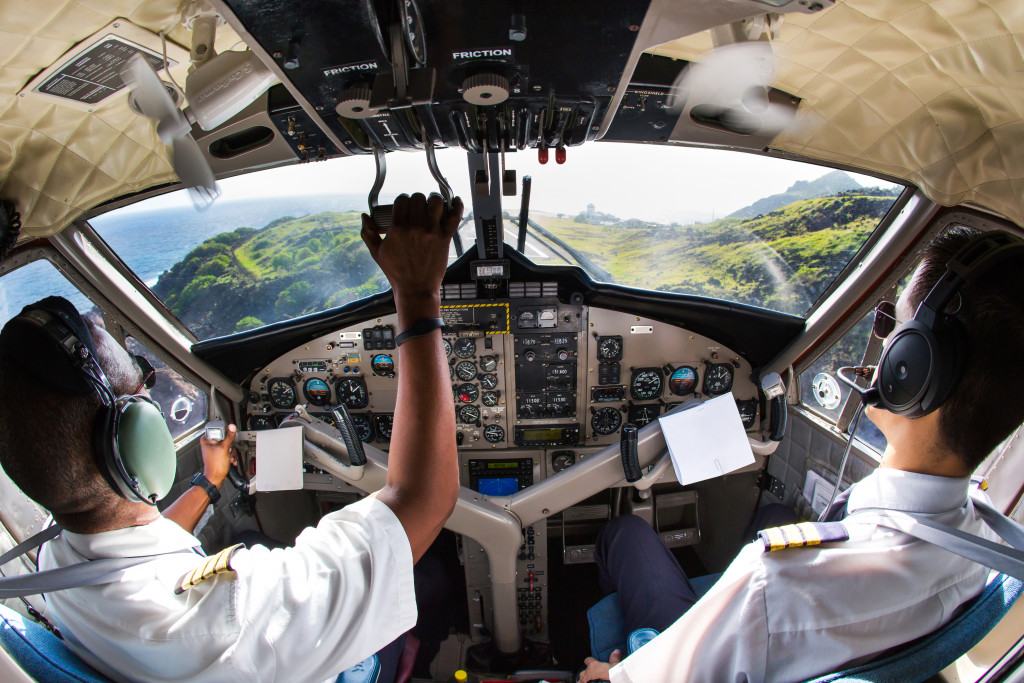• The aviation industry faces an unprecedented skills gap due to a decrease in the number of people entering the field.
• Schools should offer courses related to aviation technology and aeronautical engineering, and governments should work with industry stakeholders.
• Companies should focus on retaining experienced employees by offering competitive salaries, flexible work schedules, career development opportunities, and other incentives.
• Companies should also consider expanding their recruitment efforts outside traditional methods such as job postings or recruitment events.
The aviation industry is facing an unprecedented skills gap. Since the pandemic’s start, many experienced pilots and aviation technicians have been furloughed, creating a shortage in the industry. With the rapid advancement of technology and a decrease in the number of qualified workers, there is a need to bridge this gap and ensure that the industry can continue to grow and meet its future needs.
What’s Causing the Skills Gaps
The aviation industry has seen tremendous growth over the past decade, leading to an increased demand for highly skilled workers. However, the following reason has led to the current skills gap:
Decrease in the Number of People Entering the Field
The number of people entering the aviation industry has decreased due to a lack of interest and the high costs associated with training. This is especially true in areas with no major airports or other nearby sources of aviation-related jobs. Age-related issues such as retirement have led to an older, less experienced workforce.
Decrease in Experienced Workers
Due to increased retirement rates, many experienced workers have left the field. This has decreased the number of experienced workers who can provide guidance and pass on their knowledge to those entering the field.
Rapid Changes in Technology
The aviation industry is constantly changing, with new technology being developed at an ever-increasing rate. Technological advancements have created new job roles that require specific qualifications that are often difficult for employers to find. For example, most modern aircraft are now equipped with sophisticated avionics systems, which require personnel with expertise in computer science and engineering. Furthermore, many pilots must also be proficient in advanced navigational techniques such as instrument flight rules (IFR) operations.

Addressing These Gaps
Fortunately, there are several ways to bridge the skills gap in the aviation industry. Here are some tips to help address the skills gap in the workforce.
Encouraging Young People
The first step towards bridging this skills gap is encouraging more young people to pursue careers in aviation-related fields. To do this, schools should offer more courses related to aviation technology and aeronautical engineering at the secondary and tertiary levels. Moreover, governments should work with industry stakeholders to develop initiatives that help spur interest among potential candidates.
It’s also beneficial to offer multi-engine training courses, which teach students how to fly multi-engine aircraft. This training can help prepare pilots for more complex missions and expand their career prospects. This training should be accessible to the youth to ensure that future pilots and technicians have the qualifications necessary to fill these important roles.
Some countries have already implemented apprenticeship programs that give aspiring professionals hands-on experience while simultaneously allowing them to learn from experienced professionals. Additionally, governments could help tackle this issue by offering subsidies or grants for those interested in pursuing education related to aviation technology and safety regulations.
Attracting New Talent
Companies should focus on attracting new talent by offering competitive salaries, benefits packages, unique opportunities, and other incentives that make them stand out from other employers. Additionally, companies should consider expanding their recruitment efforts outside traditional methods such as job postings or recruitment events.
You should look for additional ways to reach potential applicants, such as social media campaigns or partnerships with local schools or universities to find talented individuals who may not be actively searching for employment opportunities but would be interested in working for a company if given a chance.

Utilizing Technology
The aviation industry is rapidly evolving, and technology can be an invaluable tool for addressing the skills gap. You should consider investing in new technologies to increase efficiency, reduce costs, and use existing data sources. Additionally, technological advancements such as artificial intelligence (AI) and machine learning can help automate certain processes to streamline workflow.
Investing in robust technology can make operations more efficient while gaining a competitive advantage. You should also consider utilizing virtual reality (VR) and augmented reality (AR) to enhance training programs and increase the effectiveness of on-the-job learning.
By making these changes and actively seeking new talent, the aviation industry can bridge the current skills gap and ensure a strong workforce for years to come. With the right strategies in place, this industry can continue to grow and create meaningful opportunities for those pursuing a career in aviation-related fields.


